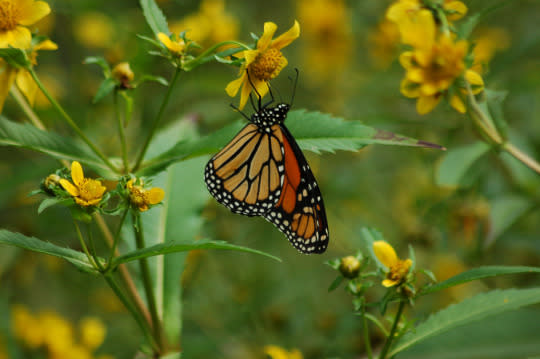Half The World’s Natural History Specimens May Have Been Given The Wrong Name

There are more than 18,000 species of butterfly, 30,000 types of fish and about 16,000 mushrooms.
So you will forgive scientists if they tell you that they may well have been getting some specimens mixed up.
However, the scale of the confusion may shock you.
Researchers at Oxford University and the Royal Botanic Garden in Edinburgh have estimated that as many as HALF of all natural history specimens held in the world’s museums are probably wrongly labelled.
Around 50 cent of the world’s species have been discovered since the late 60s, meaning scientists have to cope with an overwhelming amount of work.
With thousands of species often discovered at once, some guess work has inevitably been made.
After the considering the possibility that there may be errors, researchers have been looking at 4,500 specimens of Aframomum, which is part of the ginger family.
They discovered that prior to the new research conducted in 2014, almost 60 per cent were wrongly identified or given an outdated name.
“Many areas in the biological sciences, including academic studies of evolution and applied conservation, are underpinned by accurate naming,” said Dr Robert Scotland of the Department of Plant Sciences at Oxford.
“Without accurate names on specimens, the records held in collections around the world would make no sense, as they don’t correspond to the reality outside.”
Lead author of the research, Zoë Goodwin said: “We think a conservative estimate is that up to half the world’s natural history specimens could be incorrectly named.”
Often several specimens of a single plant are distributed to museums across the world, where they are named by an in-house expert, meaning errors are made.
“It’s a bit like separating identical twins at birth,” added Goodwin
The research was published in the journal Current Biology.
(Credit: Ketzirah Lesser & Art Drauglis)

 Yahoo News
Yahoo News 
